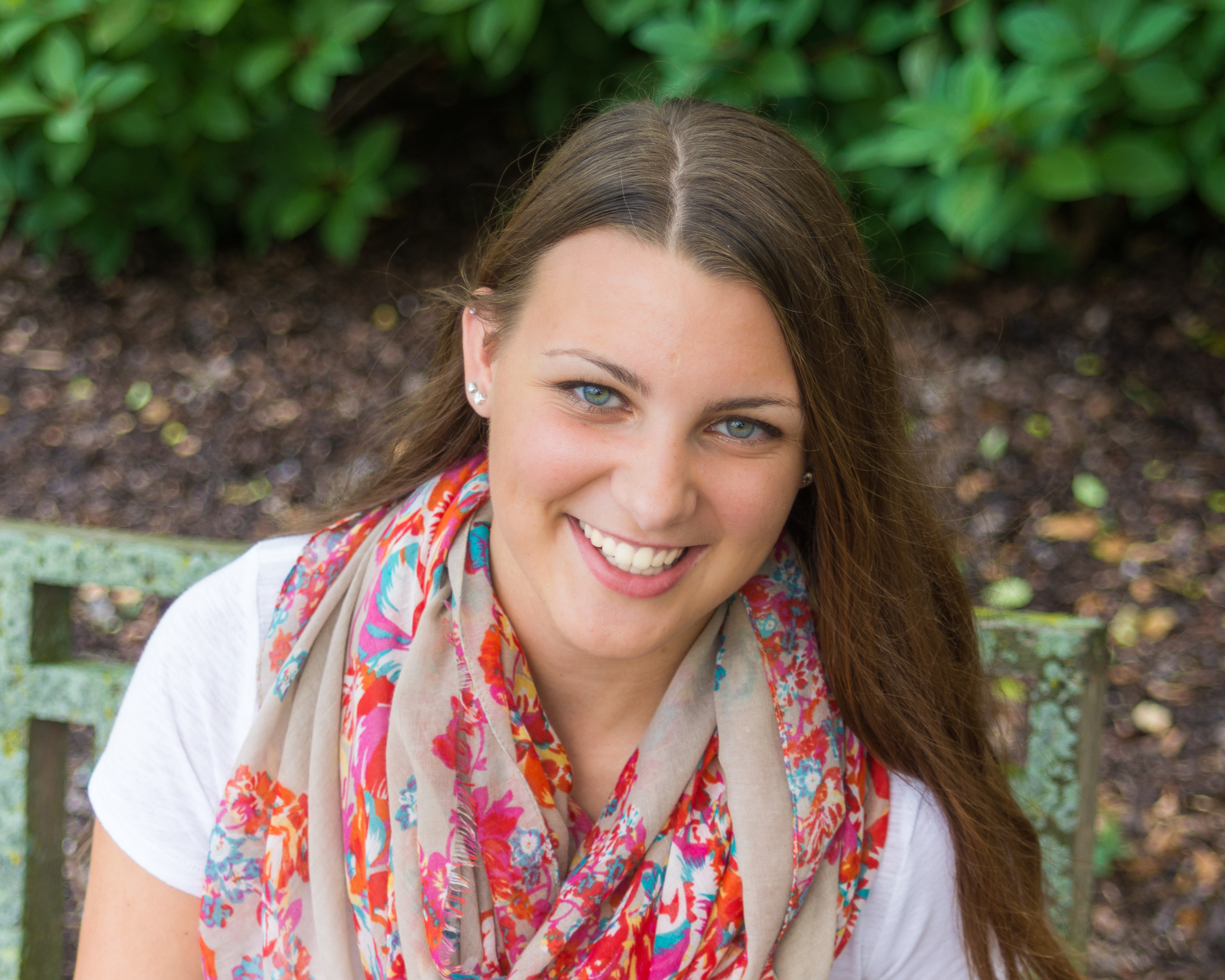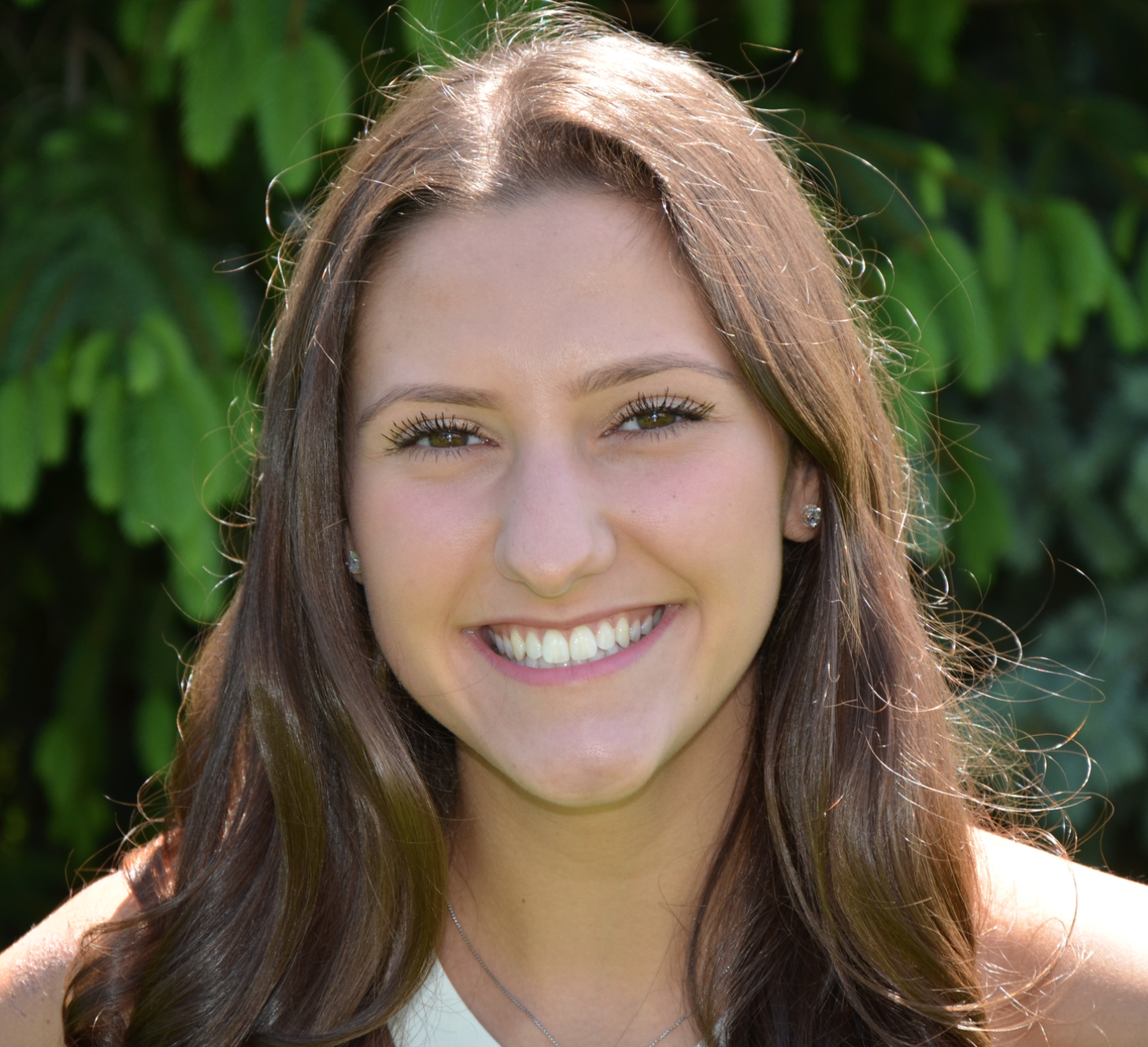Celebration of Scholars
The Discovery, Isolation, and Annotation of SassyCat97: The Sassiest Bacteriophage Around
 Name:
Cara Hull
Name:
Cara Hull
Major: Biology
Hometown: Colby, WI
Faculty Sponsor: Deborah Tobiason
Other Sponsors:
Type of research: Course project
Funding: Howard Hughes Medical Institute
 Name:
Erin Magennis
Name:
Erin Magennis
Major: Neuroscience and Biology
Hometown: Pewaukee, WI
Faculty Sponsor: Deborah Tobiason
Other Sponsors:
Type of research: Course project
Funding: Howard Hughes Medical Institute
 Name:
Claire Pfeffer
Name:
Claire Pfeffer
Major: Biology and Chemistry
Hometown: Oregon, WI
Faculty Sponsor: Deborah Tobiason
Other Sponsors:
Type of research: Course project
Funding: Howard Hughes Medical Institute
 Name:
Jelena Romanovic
Name:
Jelena Romanovic
Major: Biology
Hometown: Kenosha,WI
Faculty Sponsor: Deborah Tobiason
Other Sponsors:
Type of research: Course project
Funding: Howard Hughes Medical Institute
 Name:
Paden Sheumaker
Name:
Paden Sheumaker
Major: Biology and Chemistry
Hometown: Des Moines, IA
Faculty Sponsor: Deborah Tobiason
Other Sponsors:
Type of research: Course project
Funding: Howard Hughes Medical Institute
Abstract
Bacteriophage are some of the most abundant entities in the world, yet were only discovered within the last 100 years, leaving billions undiscovered and unknown. Bacteriophage are a specific group of viruses that infect and kill bacterial cells. The phage takes over the host bacteria cell and uses its machinery to replicate and complete its life cycle. Through the SEA-PHAGES program this fall, the Carthage College Biology Department isolated 56 novel mycobacteriophages that infect Mycobacterium smegmatis, through the use of dilution assays. Electron microscopy was then completed to visualize the isolated phage, and the DNA from each was extracted in order to further analyze the phage. Some of the bacteriophages that were isolated include: SassyCat97, LittleHorror, Raine, SolarEclipse, ClearGhost, and Ment. Because of its high quantity and quality of DNA, SassyCat97 was sent off for sequencing at Pittsburgh Bacteriophage Institute. Due to the large diversity of bacteriophage, clusters have been formed based on similar sizes, proteins encoded, and the character of its genome ends. After sequencing, SassyCat97 was placed into cluster B1. Utilizing bioinformatic technologies including DNA Master, HHPred, BLASTp, and Phamerator, the annotation of SassyCat97’s genome has been completed. Further characterization of SassyCat97’s genome along with other genomes could lead to a better understanding of viral infections.
